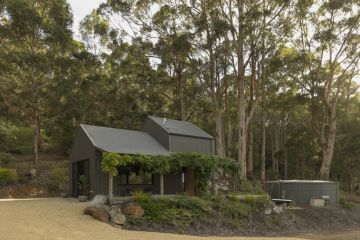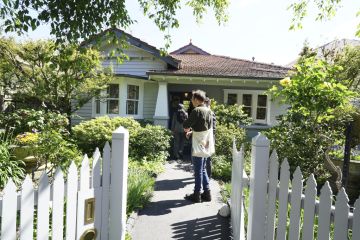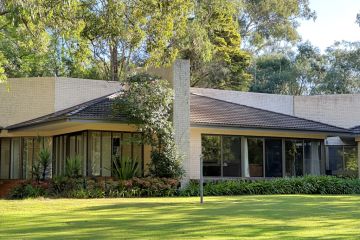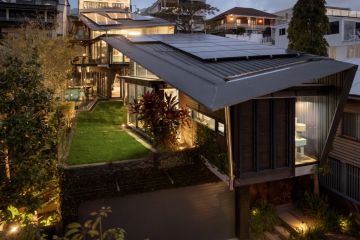Termites, rising damp and asbestos: The three worst problems home buyers dread
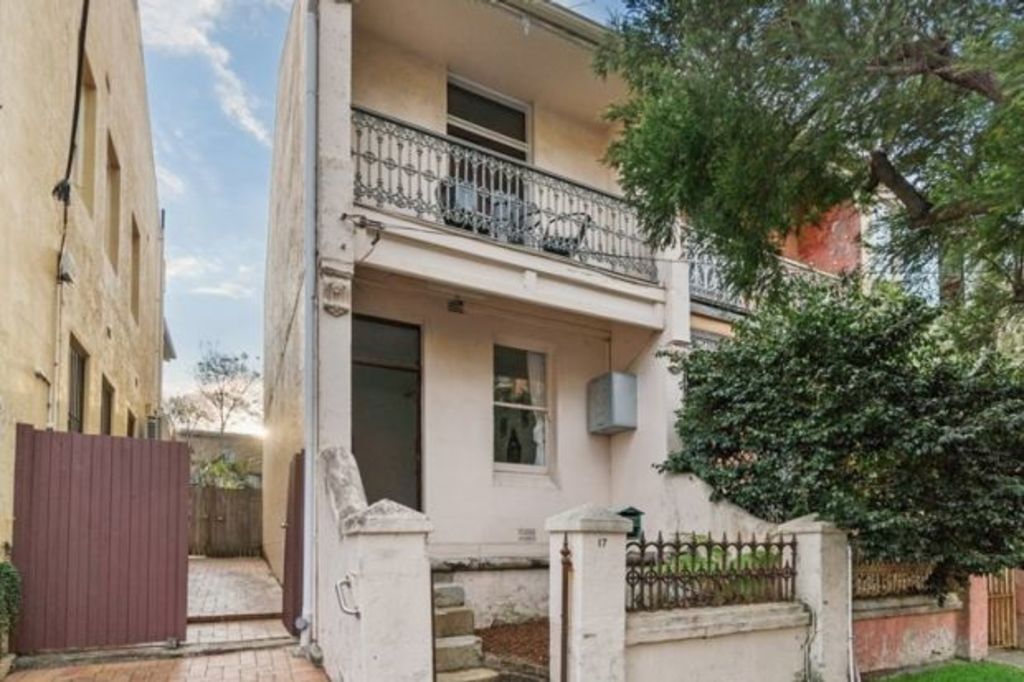
Finding the perfect home at the right price can be challenging, and in our pricey capital cities, houses that could be dubbed affordable are often found to have a long list of defects that can turn off any potential home buyer.
But should you really fear finding evidence of termites, rising damp or asbestos in your building inspection report?
These key problems aren’t necessarily “death sentences” for your new home, and can often give you the upper hand in the negotiation process.
Pre-purchase inspections
Home buyers should always arrange a building and pest inspection from a reputable company prior to going ahead with any purchase, but should also be prepared for what it may turn up.
Property inspector Eamon Donnellan from Sydney-based Acclaimed Building Consultancy said prospective buyers can often be shocked to discover their ideal home has a long list of problems.
“You’re expecting the house to be perfect because you’re spending a million dollars on it, then you get the report back and there’s 30 defects,” said Mr Donnellan.
He said it’s important for home buyers to understand how severe the defects are, and what the potential costs may be to have the problem repaired.
“We always say it’s a good idea to have a chat with the inspector who did it,” he said. “Sometimes it actually looks worse when you read it than it physically is.”
- Related: Dilapidated Redfern terrace expected to sell for $1 million
- Related: How to spend less than $5000 preparing a rundown home for sale
- Related: First-home buyer mistakes to avoid
Problem No. 1: Rising damp
You’ll often be able to tell a home has rising damp when you enter, with a musty smell being one of the telltale signs.
Rising damp occurs when the brick walls of a house absorb moisture from the ground, which then evaporates into the home, creating damp conditions that allows mould to thrive.
The moisture can also draw up salt from the ground, which crystallises in the bricks and causes plaster to flake and paint to blister. Known as efflorescence, in severe cases it can even erode masonry and cause significant damage if left unchecked.
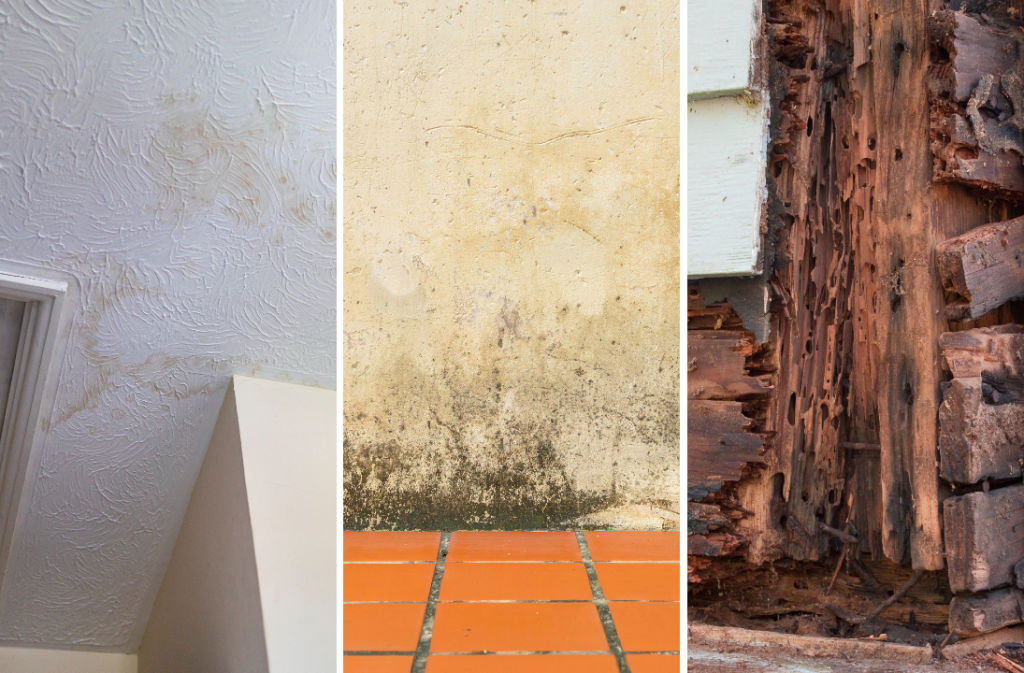
Most houses are built with a damp-proof course between the foundations and the walls to prevent moisture absorption, but in older houses these are often degraded or were never installed in the first place.
Although rising damp can affect any brick house, older homes with poor underfloor ventilation in Sydney and Melbourne are most at risk. “In the Inner West [of Sydney], I’d say we’ve only come across one house in 50 that doesn’t have rising damp,” said Mr Donnellan.
Depending on the severity, rising damp doesn’t make a home uninhabitable and shouldn’t necessarily turn off potential buyers right away. “Where it does become an issue is particularly with young kids with asthma or respiratory problems,” said Mr Donnellan.
Repairing the damage and installing a damp-proof course requires specialist attention, and luckily the fix is permanent, according to Roger Clout from Combined Damp Solutions.
“We strip any plaster that’s damp off the wall, then drill a line of holes along the wall at base level. We then inject a silicone solution into the wall which penetrates to create a permanent barrier in the wall,” he said.
How much does it cost to fix rising damp?
The cost of repairs can vary depending on the severity of the problem, but a rule of thumb is to budget about $300 per metre.
A terrace house with significant rising damp issues throughout can cost up to $10,000 to repair.
Problem No. 2: Termites
Causing more damage to Australian homes than fire, floods and storms combined, termites are rightly feared by homeowners.
Termites feed on wood, and can quickly consume any timber parts of a house, including framing and floorboards, causing significant damage in a matter of months.
They normally inhabit parts of the house where they won’t be disturbed, including underneath floors or wall cavities, and thrive in damp, humid environments.
Termites are so destructive because they can be very hard to detect, allowing them to go unnoticed for months or even years. They often consume only the inside of the timber and leave the veneer intact, which hides their activity.
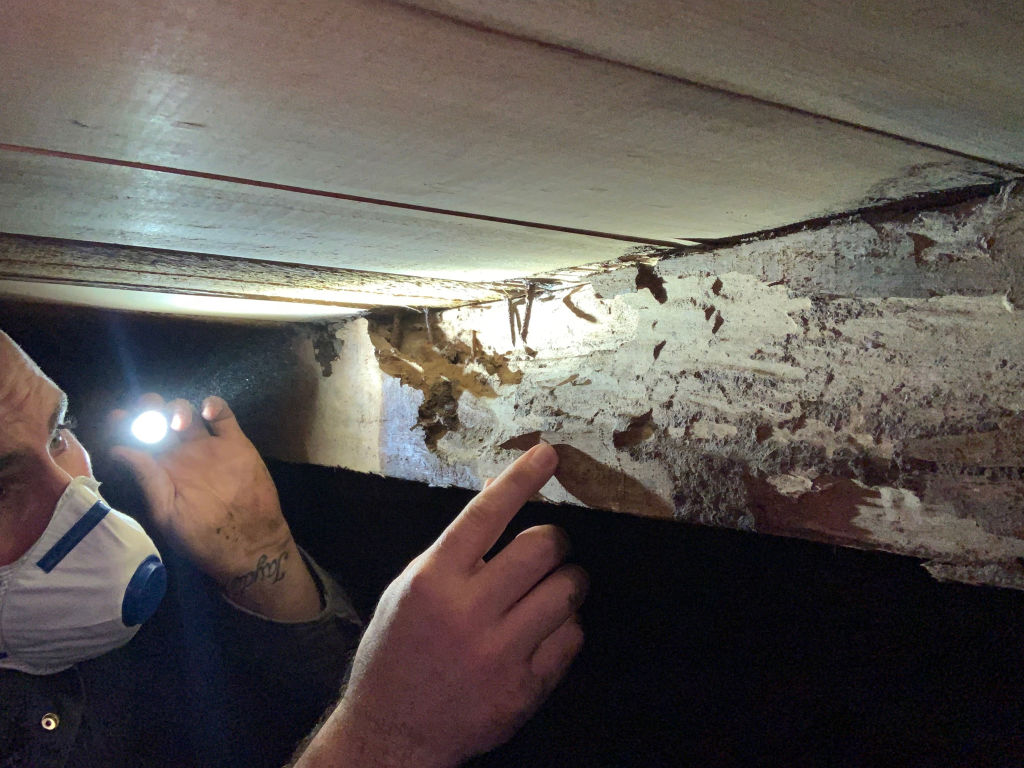
Any property with timber elements can be affected by termites, regardless of its age. “One of the worst ones I’ve seen was probably only about 10 years old,” said Mr Donnellan.
“There was actually two different species of termites in the house, and they’d eaten all the way up to the roof. There was so much timber that had been eaten out that the house was tipping to one side.
“We estimated it would be about $250,000 to do the repairs.”
But despite their destructive nature, the presence of termites can actually give astute buyers an edge when it comes to negotiating, if they’re prepared to put in the work to have the problem fixed.
Tom Boschma from Specialist Termite Control says the treatment for termites is normally quite straightforward. “The traditional way is to spray insecticide underneath and around the building to stop termites from approaching the building and stop them from getting in,” he said.
“[This method] tends to be replaced more and more these days by baiting programs, where a pest controller would feed bait to termites that are actually feeding on a building. The termites then carry the poison back to the nest, which eradicates the colony.
“I would recommend the pest inspection part [of a pre-purchase inspection] is done by a pest controller,” he said, and encouraged buyers to discuss the extent of the problem with the inspector before making an offer, as each case is different.
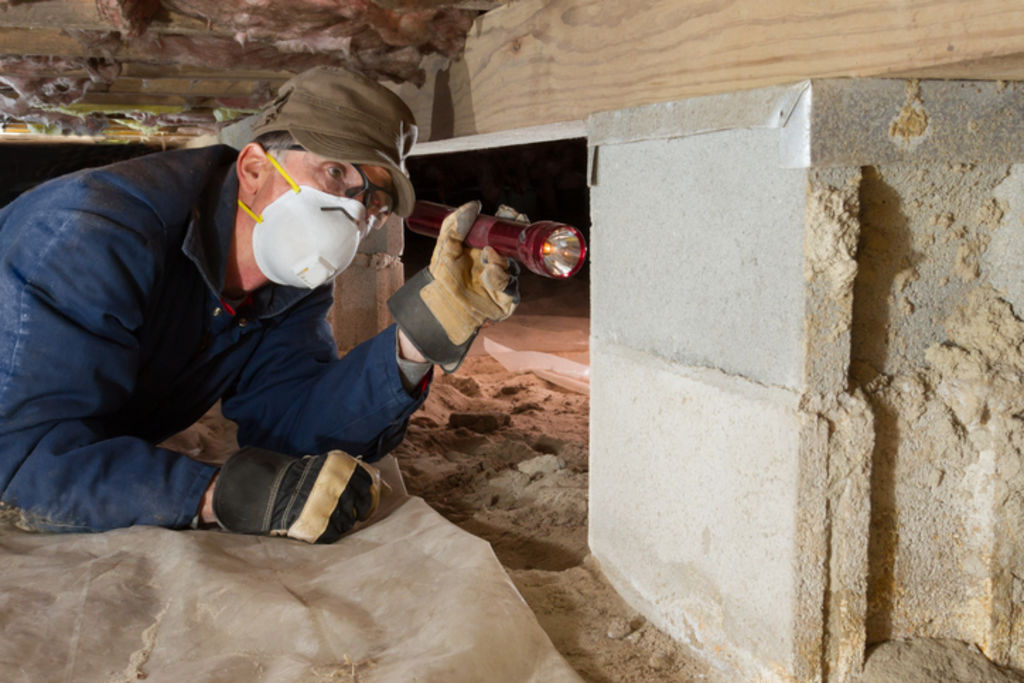
Repairing termite damage to structural timber is the biggest cost, which can easily run into the tens of thousands of dollars. If you are considering buying a property with termite damage, arrange a quote from a builder for the repairs and adjust your offer accordingly, but be prepared to walk away if it exceeds your budget.
How much does it cost to get rid of termites?
Treatment to eradicate termites starts at about $3000, which includes baiting to destroy the nest.
Termite monitors can be installed in gardens to alert pest controllers before termites enter the building, at a cost of about $1000 per year.
An annual termite inspection costs about $300. New houses usually require this as part of the warranty, but it’s also essential for older buildings, especially those with historical termite problems.
Problem No. 3: Asbestos
Once considered an affordable and versatile building material, but now known as a harmful carcinogen, asbestos can be found in a third of all Australian homes, according to the Asbestos Safety and Eradication Agency.
In fact, if a property was built or renovated before 1990, it is likely that it contains asbestos.
Asbestos can be found in internal and external fibro walls and roofs, but was used in virtually every part of the house, including kitchens, bathrooms and floors.
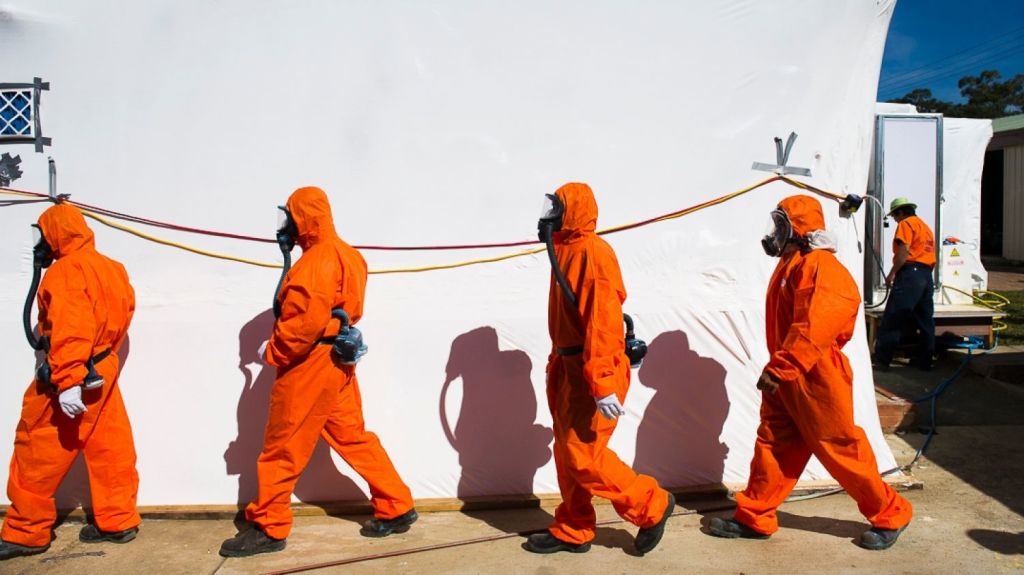
According to James Moore from Asbestos Removals Australia, having asbestos in the home does not cause any significant risk to residents, “as long as it’s intact and not deteriorated in any way, hasn’t got a lot of cracks or holes in it, and is painted, which virtually seals the product”.
The main danger lies when properties are renovated or demolished. Cutting, breaking or drilling into asbestos releases harmful fibres into the air, which can cause severe health problems when inhaled including mesothelioma, a deadly lung cancer with no cure.
“There are two classifications, bonded and friable,” he said, noting that friable asbestos poses more of a risk. “Friable products are very easily damaged and you do get fibre release straight away.
“Old vinyl sheet flooring is classified as friable, and can contain up to 80 per cent asbestos.”
Most pre-purchase building inspectors won’t include an asbestos inspection in the scope of the report, but may note if materials likely to contain asbestos are visibly found. A detailed asbestos inspection is required to determine exactly where asbestos is located in the home.
As most buyers of older homes intend on renovating at some stage, asbestos removal will be necessary. Professional licensed asbestos removalists should be hired, and DIY removal should never be attempted.
How much does it cost to remove asbestos?
An asbestos survey of a whole house costs from about $500 and typically includes tests of up to three samples. Additional tests cost about $100 each.
Asbestos removalist typically charge about $40-50 per square metre to remove cladding or roofing, and homeowners will also need to pay tipping costs, usually about $500 depending on the amount being removed.
Removing all the asbestos products in a home can cost up to $10,000, and in some cases up to $20,000 if there is a large amount of friable asbestos.
We recommend
We thought you might like
States
Capital Cities
Capital Cities - Rentals
Popular Areas
Allhomes
More

